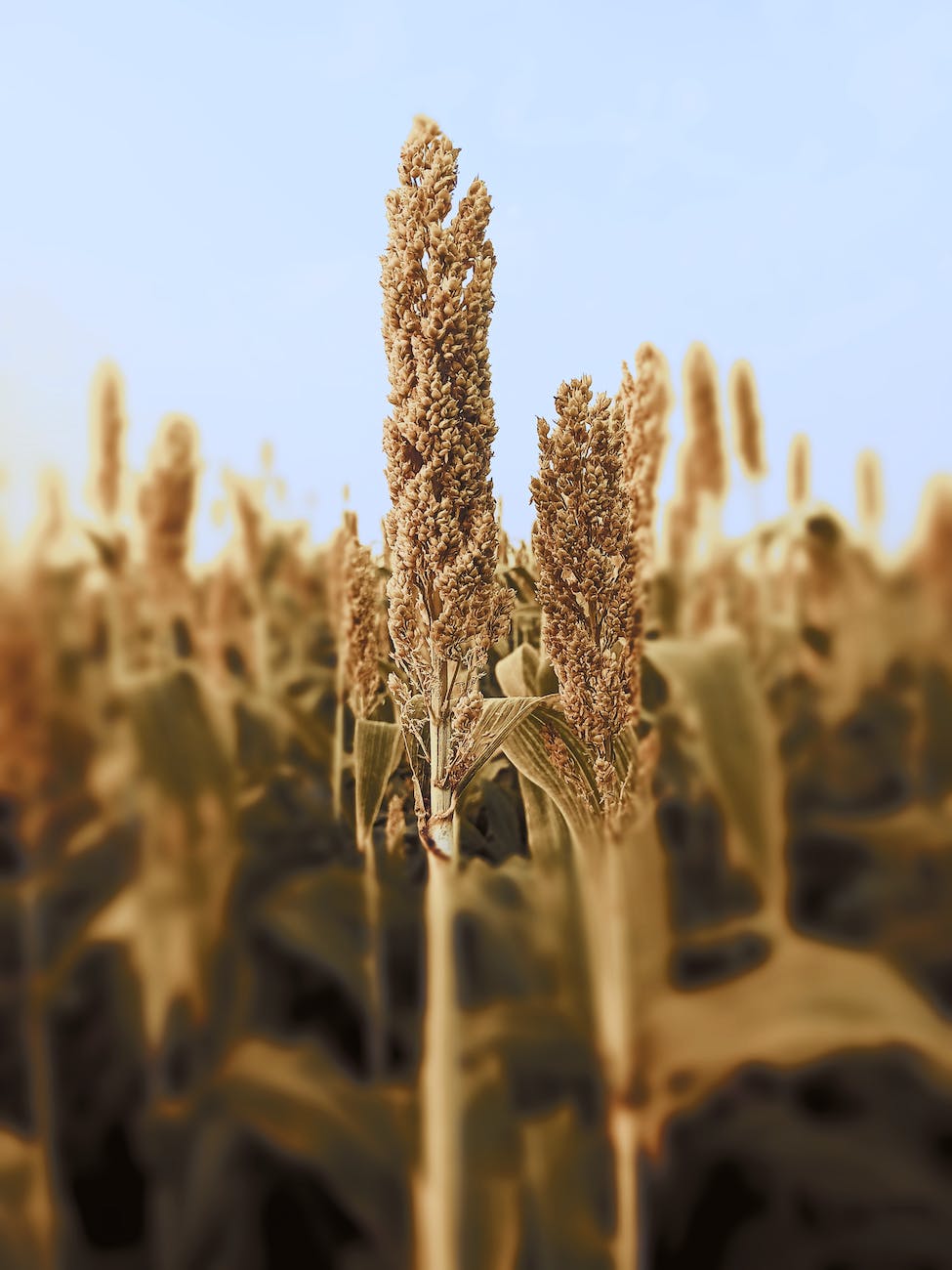
Introduction:
India is home to a rich diversity of millet grains, which have been cultivated and consumed for centuries. Millets are small-seeded grasses that are highly nutritious, versatile, and well-suited to diverse climatic conditions. They have been an integral part of Indian cuisine, cherished for their health benefits and culinary value. In this blog post, we will explore the different types of millets commonly found in India, highlighting their characteristics, uses, and nutritional profiles.
- Pearl Millet (Bajra):
Pearl Millet, also known as Bajra, is one of the most widely consumed millets in India. It is a warm-season crop primarily cultivated in the states of Rajasthan, Gujarat, Haryana, and Uttar Pradesh. Bajra is a rich source of iron, calcium, magnesium, and fiber. It is commonly used to make flatbreads like Bajra Roti, which is enjoyed with various curries and accompaniments.
Nutrition (per 100g):
| Nutrient | Amount |
|---|---|
| Calories | 378 |
| Carbohydrates | 67g |
| Protein | 11g |
| Fat | 5g |
| Fiber | 5g |
- Finger Millet (Ragi):
Finger Millet, popularly known as Ragi, is a cool-season crop grown in several regions of India. It is rich in calcium, iron, and dietary fiber. Ragi is commonly used to make porridge, rotis, dosas, and sweets. It has gained popularity as a nutritious food due to its high content of essential amino acids and antioxidants.
Nutrition (per 100g):
| Nutrient | Amount |
|---|---|
| Calories | 336 |
| Carbohydrates | 72g |
| Protein | 7g |
| Fat | 1.3g |
| Fiber | 3.6g |
- Foxtail Millet (Kangni):
Foxtail Millet, also called Kangni, is a warm-season millet cultivated in different parts of India. It is gluten-free and has a good balance of carbohydrates, proteins, and dietary fiber. Foxtail millet is often used to make upma, dosas, idlis, and traditional sweets. It is a nutritious alternative to rice and is known for its high antioxidant content.
Nutrition (per 100g):
| Nutrient | Amount |
|---|---|
| Calories | 351 |
| Carbohydrates | 72g |
| Protein | 11g |
| Fat | 2g |
| Fiber | 6g |
- Little Millet (Kutki):
Little Millet, commonly known as Kutki, is a small-grained millet native to India. It is rich in dietary fiber, B vitamins, and minerals like iron and magnesium. Kutki is used to make idlis, dosas, upma, and pulao. Its mild, nutty flavor makes it versatile for both sweet and savory preparations.
Nutrition (per 100g):
| Nutrient | Amount |
|---|---|
| Calories | 360 |
| Carbohydrates | 67g |
| Protein | 7g |
| Fat | 5g |
| Fiber | 7g |
- Kodo Millet (Kodra):
Kodo Millet, or Kodra, is a heat-loving millet mainly cultivated in the hilly regions of India. It is known for its high fiber content, which aids digestion and helps maintain a healthy gut. Kodo millet is used to make traditional dishes like pulao, khichdi, and dosas. It is also used as a rice substitute and is gluten-free.
Nutrition (per 100g):
| Nutrient | Amount |
|---|---|
| Calories | 329 |
| Carbohydrates | 67g |
| Protein | 8g |
| Fat | 1g |
| Fiber | 6g |
- Barnyard Millet (Sanwa):
Barnyard Millet, also called Sanwa, is a fast-growing millet that thrives in both dry and semi-wet regions of India. It is rich in fiber, calcium, and phosphorus. Barnyard millet is used to make porridge, pulao, upma, and kheer. It is often consumed during fasting periods due to its high energy content.
Nutrition (per 100g):
| Nutrient | Amount |
|---|---|
| Calories | 360 |
| Carbohydrates | 75g |
| Protein | 11g |
| Fat | 0.6g |
| Fiber | 10g |
- Proso Millet (Cheena):
Proso Millet, commonly known as Cheena, is a drought-tolerant millet grown in several parts of India. It is gluten-free and rich in protein, fiber, and essential minerals. Cheena is used in various preparations such as porridge, upma, pulao, and even in baked goods like bread and cookies.
Nutrition (per 100g):
| Nutrient | Amount |
|---|---|
| Calories | 342 |
| Carbohydrates | 72g |
| Protein | 12g |
| Fat | 1g |
| Fiber | 4g |
Conclusion:
Millets have been a part of Indian cuisine for centuries, offering a range of flavors, textures, and nutritional benefits. From the popular Bajra and Ragi to lesser-known varieties like Kutki and Sanwa, each millet brings its unique qualities to the table. Incorporating these diverse millets into our diet not only provides nutritional advantages but also contributes to sustainable farming practices. So, embrace the richness of millets and explore the culinary possibilities they offer for a healthier and more diverse eating experience.








